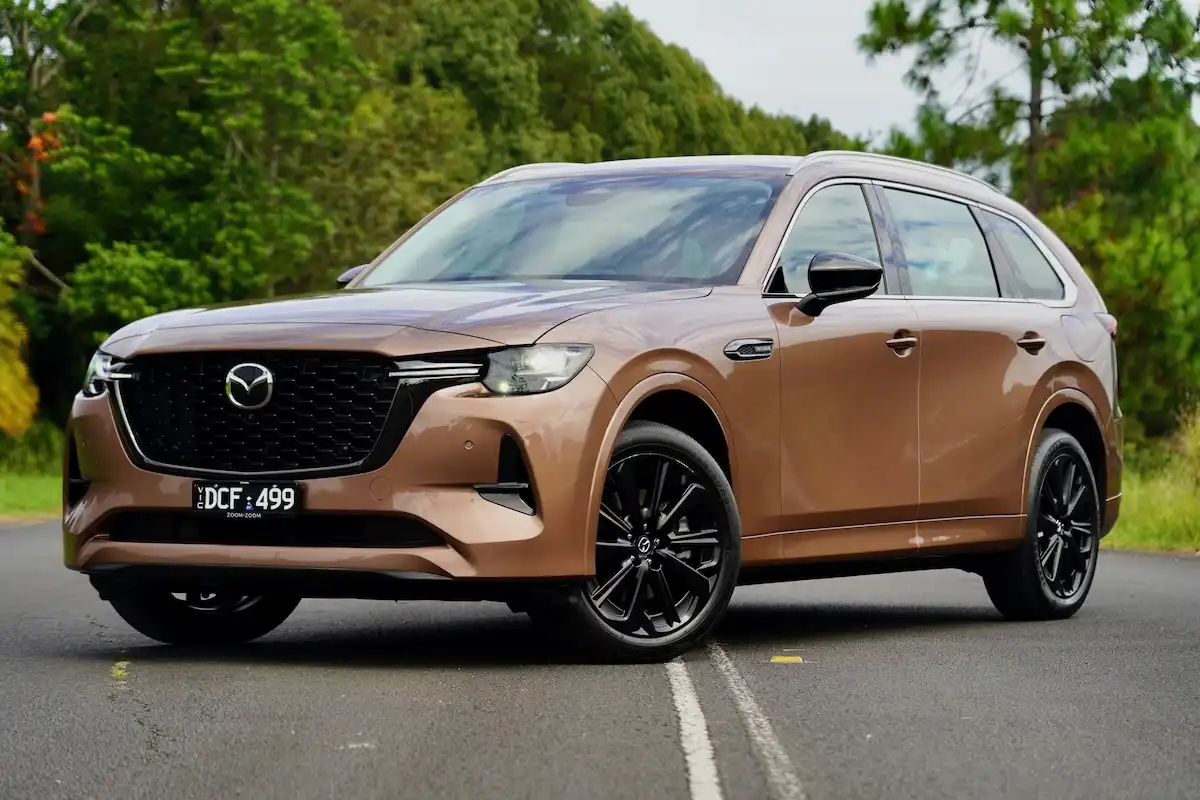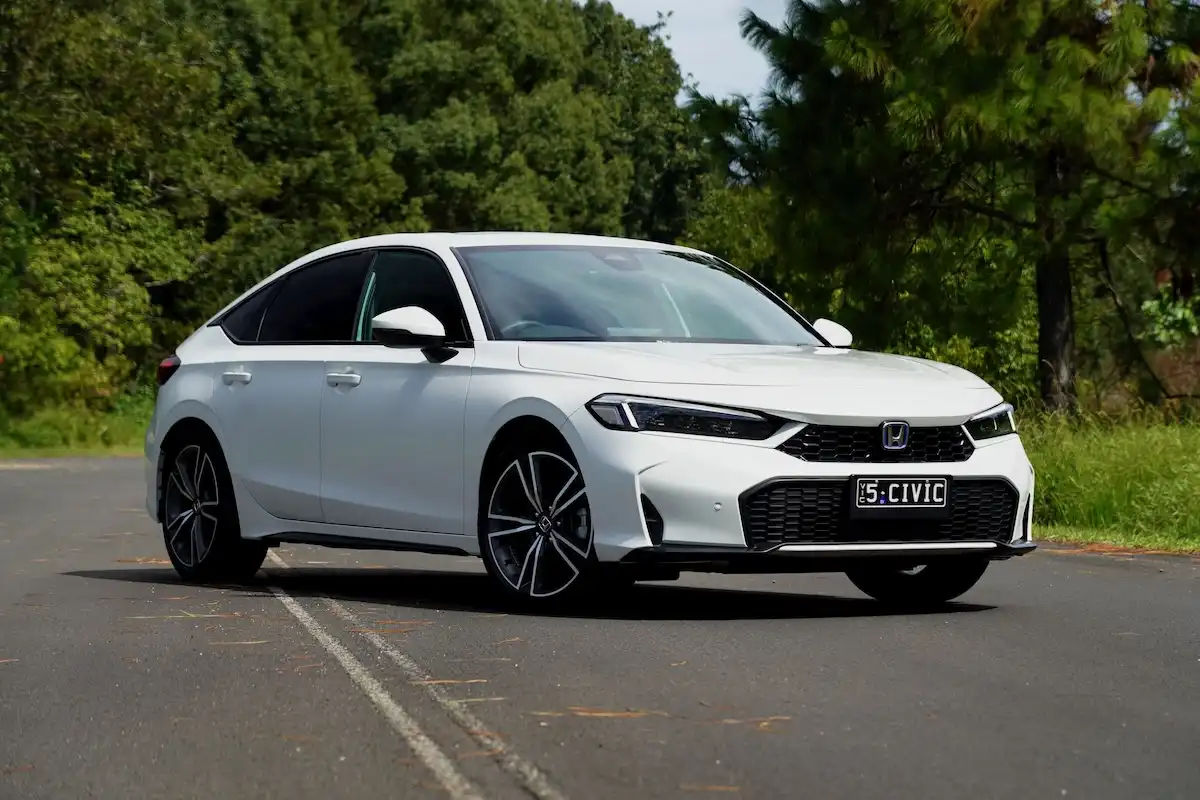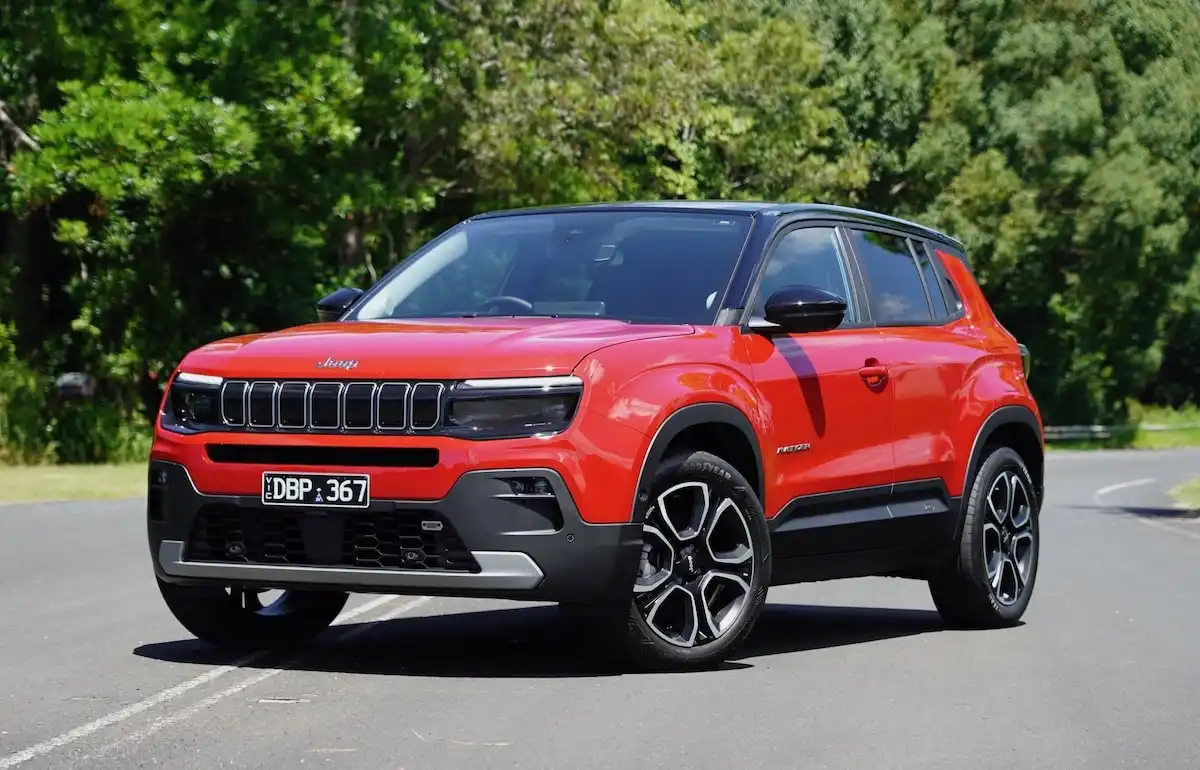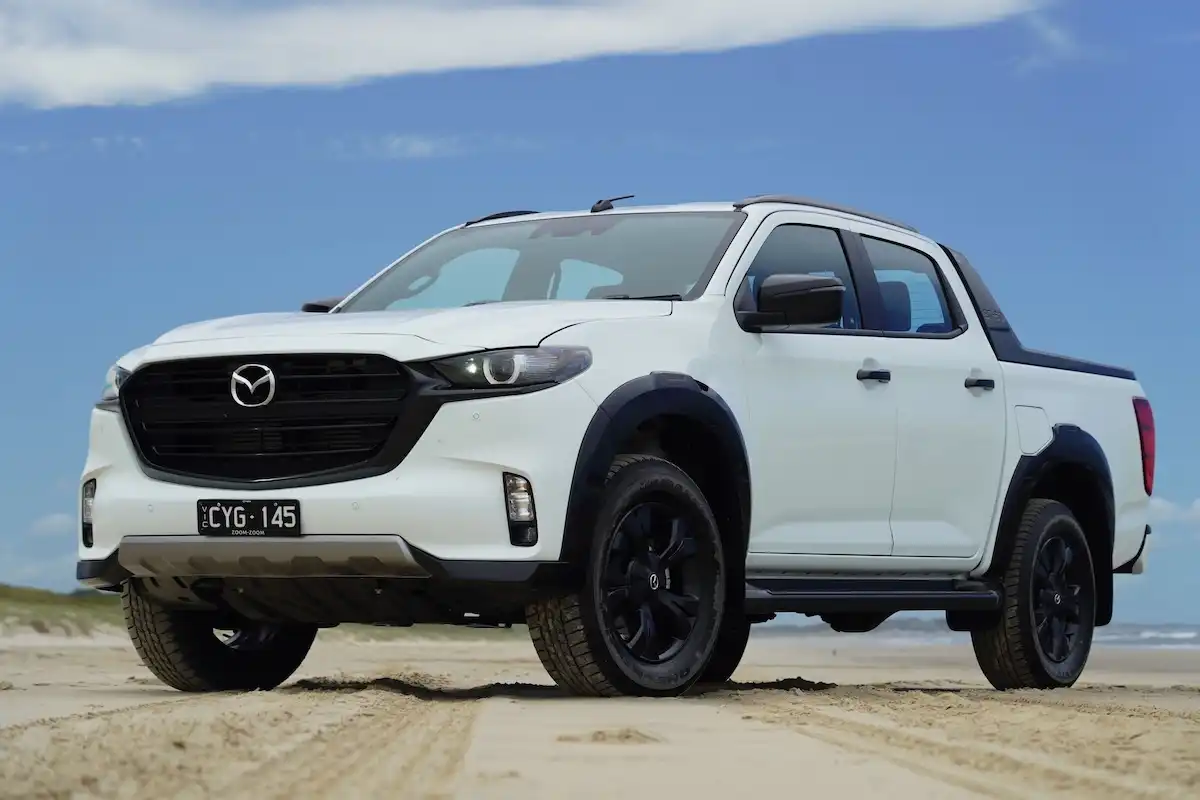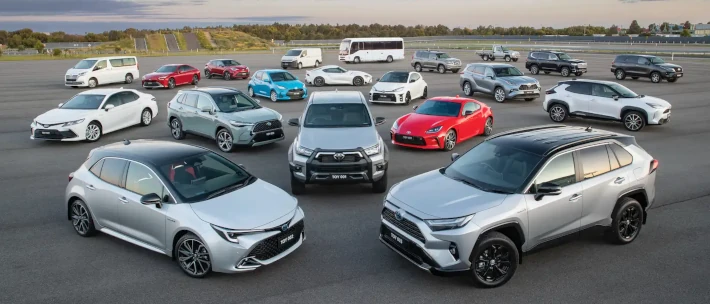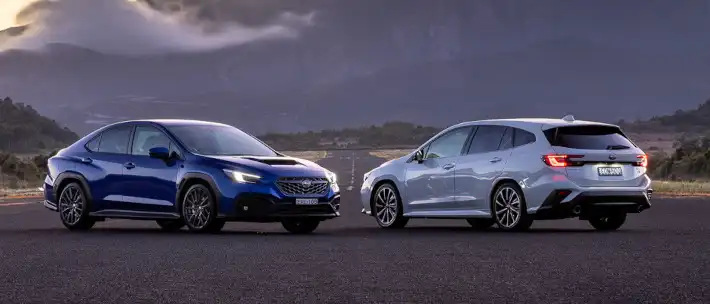The news gets even better when you take a closer look at the range, with everything from short to long-wheelbases on offer, as well as a crew variant that adds a second row of seating, translating to an extremely versatile Trafic range.
Competition within the van segment is stiff, though, so let’s take a closer look at how the Renault Trafic holds up.
Starting Price: $39,590
OnlineAuto Savings: Enquire now
Renault Trafic - L1 SWB PRO (85KW) Specifications
| Model Date | 2022 |
| Make | RENAULT |
| Model | TRAFIC |
| Series | X82 MY22 |
| Variant | L1 SWB PRO (85KW) |
| Body | 3D VAN |
| Fuel type | DIESEL |
| Transmission | 6 SP MANUAL |
| Drive | FWD |
| Engine | TCDI |
| Engine capacity | 1598 |
| Engine configuration | DUAL OVERHEAD CAM / 16 valves |
| Engine RPM | 3500 / 1500 |
| Cylinders | DT4 |
| Torque | 300 |
| KW | 85 |
| Fuel tank size | 80.0 |
| Fuel usage specs | 6.6 / 0.0 |
| CO2 | 174 |
| ANCAP security rating | Unrated |
For more details and other variants, check Renault Trafic car page.
Need help narrowing down your choices?
Get in touch with one of our Car Buying Specialists today
Request a quoteHow Much Does It Cost?
The Renault Trafic range kicks off from $39,590 for the entry-level Trafic Pro short wheelbase (SWB), with prices rising to $41,590 for its long wheelbase (LWB) equivalent.
Stepping up to the Trafic Premium variant brings the price to $43,090 for the SWB with a manual transmission, while the Premium LWB manual is priced at $45,090. For those after an automatic transmission, the Trafic Premium SWB auto is priced at $47,090 while the Premium LWB auto receives a $49,090 price tag.
Finally, the range-topping Trafic Crew Premium costs $52,590 and the flagship Trafic Crew Lifestyle tops the range at $56,090.
Keep in mind that these prices are subject to change, and do not include on-road costs.
How Much Can OnlineAuto Save You?
Using OnlineAuto’s car buying service in Australia, you could save by using one of our car experts to help you find the best new car for you.
What Features Does the Renault Trafic Have?
The entry-level Renault Trafic Pro comes riding on a set of 16-inch steel wheels, and receives a set of automatic LED headlights, LED daytime running lamps, front & rear fog lights, a digital speedometer, rear-view camera, rear parking sensors, cruise control, cloth upholstery with a leather-wrapped steering wheel, hill-start assistance, Bluetooth & DAB+ radio, and two USB ports.
Stepping up to the Trafic Premium grade adds Renault’s 7.0-inch MediaNav infotainment system with Apple CarPlay & Android Auto support, as well as an automatic stop/start system for the engine and upgraded black upholstery.
Renault’s range-topping Trafic Crew Lifestyle comes feature-packed with 17-inch alloys, climate control, keyless entry, a heated driver’s seat, LED interior lighting and a second row of seats in the rear of the cabin.
Range Features:
-
16-inch steel wheels
-
Automatic LED headlights
-
LED daytime running lamps with fog lights
-
Rear-view camera
-
Rear parking sensors
-
Cruise control
-
Cloth upholstery
-
Leather-wrapped steering wheel
-
Bluetooth & DAB+ radio
-
7.0-inch infotainment system with Apple CarPlay & Android Auto (Premium)
-
Engine stop/start system (Premium)
-
17-inch alloys (Crew Lifestyle)
-
Keyless entry (Crew Lifestyle)
-
Heated driver’s seat (Crew Lifestyle)
-
LED ambient lighting (Crew Lifestyle)
-
Second row of seating (Crew Lifestyle)
Renault Trafic Colours
The Renault Trafic range is available in Glacier White and Urban Grey as no-cost colour options, while Magma Red, Comet Grey and Jet Black are priced as $800 optional paint finishes.
Is it Comfortable to Drive?
The Renault Trafic is a surprisingly refined cargo transporter on the road, and remains user-friendly for drivers of all levels.
Power in the base model comes courtesy of a 1.6-litre turbo-diesel pushing out 85kW of power and 300Nm of all-important torque, while the Premium lineup has two engines on offer.
The first of which is a 1.6-litre twin-turbo diesel producing 103kW of power and 340Nm of torque, while the range-topping engine comes packing 125kW of power and 380Nm of torque, making it by far the pick of the engine lineup.
Power is transferred to the wheels via a six-speed manual in the entry-level Pro, while the Premium lineup is available with a six-speed dual-clutch transmission that offers sharp shifts around town, although it is, like many other DSG boxes, prone to lurching at times in slow speed situations.
Power in the base model is acceptable, albeit a little unexciting, while stepping up to the more powerful diesel units adds a much-needed sense of urgency and a heap of torque to help pick up speed and move heavy loads.
Overall, the driving experience is easy thanks to the lightweight steering rack that makes low-speed maneuvers a simple task, while the addition of rear parking sensors and a camera helps massively while reverse parking.
The suspension is more than up for the task of carrying heavy loads, while the short wheelbase variants add an impressive amount of sharp handling characteristics that make it surprisingly fun as a daily driver and cargo companion.
Thankfully, Renault has added a heap of insulation to ensure that the driving experience is as quiet as possible, which makes the Trafic range a more welcoming driving experience on short hops and long-distance trips.
Is the Cabin Practical and Spacious?
The front of the Trafic’s cabin offers the driver and front passengers a heap of headroom, with a great amount of front and side visibility that add to the ease of driving. There’s also an impressive amount of legroom for your two front passengers which means the spacious cabin won’t have you sitting atop each other on trips around town.
While the cabin of the base model is quite simple, it remains uncluttered, ergonomic and user-friendly, with a heap of storage options throughout the cabin.
Opting for the Trafic Crew Lifestyle adds another three seats in the rear of the cabin which receive a huge amount of both head and legroom, making for a super practical family van or a workhorse for you and your crew.
The rear of the Trafic Crew Lifestyle also features a pair of ISOFIX anchors for child seats, together with top-tether mounts, adding to the family-friendly appeal.
All up, there’s a heap of space inside the Trafic’s cabin, while the two-row variant is incredibly spacious. While the cabin’s design might be quite simple, this is nothing new to the van segment, and is actually more impressive than many of its peers.
What are the Cargo Carrying Specs of the Renault Traffic?
In terms of moving large, heavy loads of cargo, the Renault Traffic comes offering a cargo bay measuring 2,537mm in the short-wheelbase variant, while the long-wheelbase Trafic has a tray measuring 2,937mm; both measure 1,662mm wide - 1,268 between the arches - by 1,387mm tall.
This translates to cargo volumes of 5,200L (5.2m3) for the short-wheelbase Trafic range, while the long-wheelbase Trafic increases this figure to 6,000L (6m3), which can accommodate two Australian pallets or a trio of European-spec pallets.
The Trafic’s maximum payload is rated at 1,200kg for the entry-level Pro SWB, which drops to 1,066kg for the range-topping Trafic Crew Lifestyle, while towing is capped at 2,000kg and 1,630kg respectively.
The cargo area also receives a fully-lined floor with 12 anchor points in the base model, which increases to 18 anchor points as you step up the range, offering a heap of places to tie down cargo.
Is it Safe?
The Renault Trafic has not been awarded an official ANCAP safety rating, nor does it receive any of the active safety tech that you’ll find in a number of its peers.
As standard, a reversing camera with parking sensors, fog lights, hill-start assist, roll-mitigation and a clever load-adaptive system, as well as a heap of airbags round out the safety package on offer in the Renault Trafic.
Compared to a number of its rivals, though, safety is one area that the Renault Trafic falls behind par.
Is it Fuel Efficient?
The Renault Trafic engine range returns some impressively fuel-efficient scores, with a rating of 6.6L/100km for the entry-level Trafic Pro, which drops to 6.2L per 100km in the mid-spec turbo-diesel engine.
Upgrading to the range-topping powerplant brings fuel economy to 7.3L per 100km, which is relatively fuel-efficient and very much competitive figures compared to its main rivals.
Our Verdict: Is the Renault Trafic Worth it?
The Renault Trafic is an impressive van that offers buyers a heap of value and a surprising amount of driving comfort and refinement.
The package is versatile and offers something valuable to everyone from commercial buyers to large families alike, meaning it’s well worth a spot on your shortlist.
On that note, if you’re in the market for a new car, you can get a free quote and see how much OnlineAuto can save you on your next car, or call us on 1300 719 925.
Five Specs You Need to Know
-
Five-year, unlimited KM warranty
-
Three turbodiesel engines available
-
Fuel economy between 6.2 - 7.3L per 100km
-
5.2 - 6.2m3 cargo volumes
-
Payload capacities range between 1,200kg - 1,066
Pros
-
Smooth and powerful turbo-diesel flagship
-
Work-ready cargo space & payload figures
-
Impressive cabin practicality
-
Lined tray with a heap of tie-down anchors
Cons
-
No official ANCAP safety rating
-
No infotainment system in base model
-
Lack of active safety equipment
Renault Trafic Competition
Renault Trafic |
VS |
Mitsubishi Express |
| Toyota HiAce | ||
| Ford Transit | ||
| Hyundai StariaLoad | ||
| Volkswagen Transporter | ||
| Mercedes-Benz Vito |

